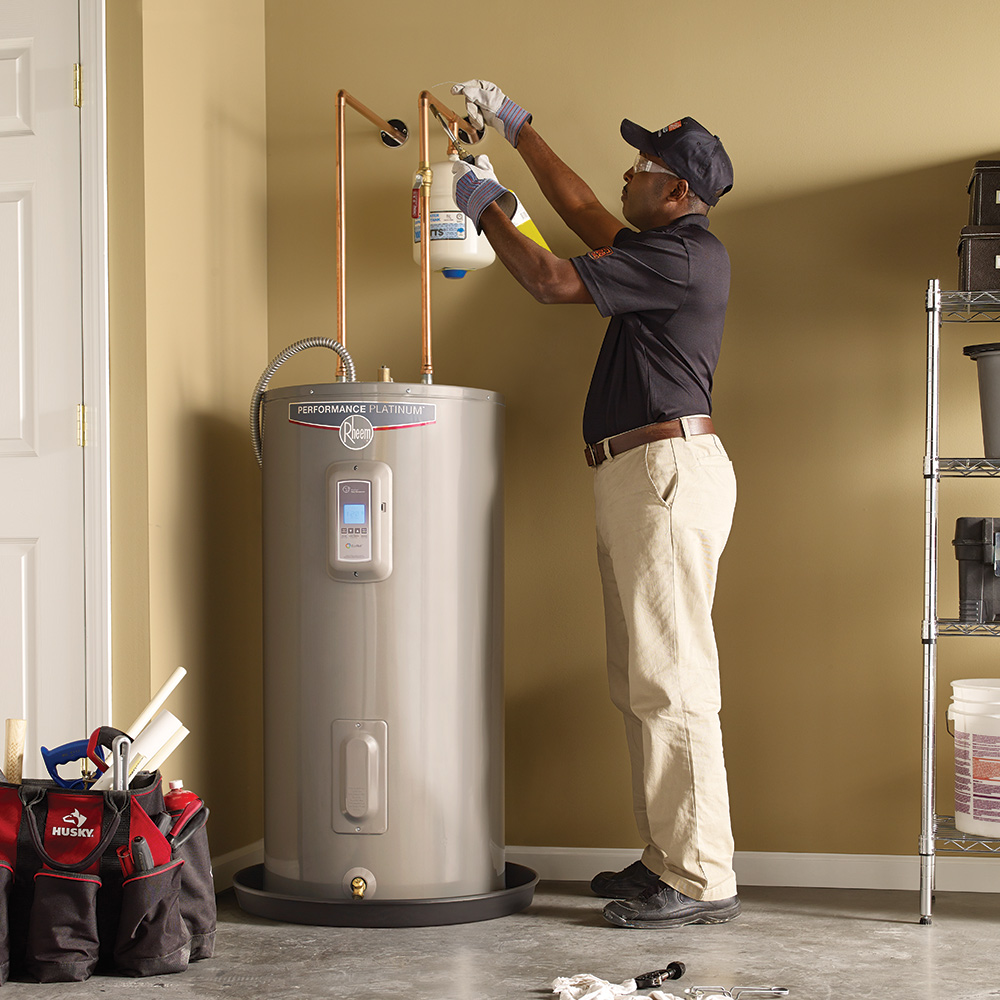Presented here further down you'll find lots of outstanding information relating to What Kind of Maintenance Do Water Heaters Need?.

Hot water is essential for day-to-day convenience, whether it's for a refreshing shower or cleaning recipes. To ensure your warm water system runs effectively and lasts longer, normal maintenance is key. This write-up supplies useful ideas and understandings on exactly how to preserve your home's hot water system to stay clear of interruptions and expensive repair services.
Introduction
Keeping your home's hot water system could appear challenging, yet with a couple of basic steps, you can guarantee it operates efficiently for years ahead. This guide covers everything from comprehending your hot water system to do it yourself upkeep suggestions and knowing when to employ expert aid.
Value of Keeping Your Hot Water System
Normal maintenance not just prolongs the life-span of your hot water system however also ensures it runs efficiently. Ignoring maintenance can cause decreased effectiveness, greater energy expenses, and also premature failing of the system.
Signs Your Hot Water System Demands Maintenance
Understanding when your warm water system requires focus can prevent significant issues. Watch out for indicators such as irregular water temperature, odd sounds from the heater, or corroded water.
Understanding Your Warm Water System
Before diving right into maintenance jobs, it's handy to understand the fundamental parts of your warm water system. Generally, this includes the hot water heater itself, pipes, anode rods, and temperature controls.
Regular Monthly Upkeep Tasks
Normal month-to-month checks can assist catch small concerns prior to they intensify.
Purging the Hot Water Heater
Purging your water heater eliminates sediment accumulation, enhancing performance and lengthening its life.
Monitoring and Changing Anode Rods
Anode rods avoid rust inside the storage tank. Checking and changing them when worn is vital.
Inspecting and Adjusting Temperature Settings
Adjusting the temperature level setups makes certain optimum efficiency and safety.
Do It Yourself Tips for Maintenance
You can carry out several maintenance tasks yourself to keep your hot water system in top problem.
Looking for Leakages
Consistently evaluate pipelines and links for leakages, as these can cause water damage and higher bills.
Examining Pressure Relief Valves
Evaluating the pressure relief valve guarantees it works appropriately and avoids excessive pressure buildup.
Insulating Pipes
Shielding warm water pipes minimizes warm loss and can save power.
When to Call an Expert
While DIY maintenance is advantageous, some issues require specialist experience.
Complicated Problems Requiring Specialist Assistance
Examples include significant leaks, electric issues, or if your water heater is continually underperforming.
Regular Expert Maintenance Conveniences
Expert maintenance can consist of comprehensive inspections, tune-ups, and making certain conformity with safety criteria.
Final thought
Normal maintenance of your home's warm water system is necessary for efficiency, longevity, and expense savings. By complying with these tips and recognizing when to seek expert help, you can make certain a trustworthy supply of hot water without unforeseen disruptions.
Water Heater Maintenance Tips
Test the TPR Valve
Shut off the power and the cold-water supply valve. Place a bucket under the pipe connected to the temperature-pressure-release (TPR) valve on the top or side of the tank. (This valve opens if the tank pressure gets too high.) Lift the valve’s tab to let some water out, then let go. If water keeps flowing, drain the tank partway, unscrew the old valve with a pipe wrench, and install a new one. Check the Anode Rod
Put a hose to the tank’s drain cock and let out a few gallons of water. Now fit a 1 1/16-inch socket onto the rod’s hex head on top of the heater (or under its top plate) and unscrew the rod. If it’s less than ½ inch thick or coated with calcium, buy a new one, wrap its threads with Teflon tape, put it back in the tank, and tighten securely. Use this segmented rod if headroom above the tank is limited. Drain the Tank and Wash Out Sediment
Drain the remaining water in the tank into the bucket, then stir up the sediment on the tank’s bottom by briefly opening the cold-water supply valve. Drain and repeat until clean water comes out of the hose. Close the drain cock, refill the tank, and turn its power back on. Adjust the Temperature
Find the temperature dial on the side of the tank and unscrew its cover. Adjust the dial to 120 degrees using a flathead screwdriver. For every 10 degrees the temperature is lowered, you can expect to save up to 5 percent in energy costs. Turn the water heater off or the thermostat down to its lowest setting if you plan to be away from home for more than three days. Insulate the Pipes
Buy some self-sticking 3/8-inch-thick foam pipe insulation that matches the pipes’ diameter. Slide the foam over the hot-and cold-water pipes as far as you can reach. Insulating the cold-water pipe prevents condensation in summer. Peel the tape and squeeze the insulation closed. If the pipe is 6 inches or less from the flue, cover it with 1-inch-thick unfaced fiberglass pipe wrap. https://www.thisoldhouse.com/plumbing/21016402/how-to-maintain-a-water-heater

I have been very occupied with Tips For Maintaining Your Hot Water Heater and I'm hoping you liked my post. Sharing is nice. Helping others is fun. I cherish your readership.
Here